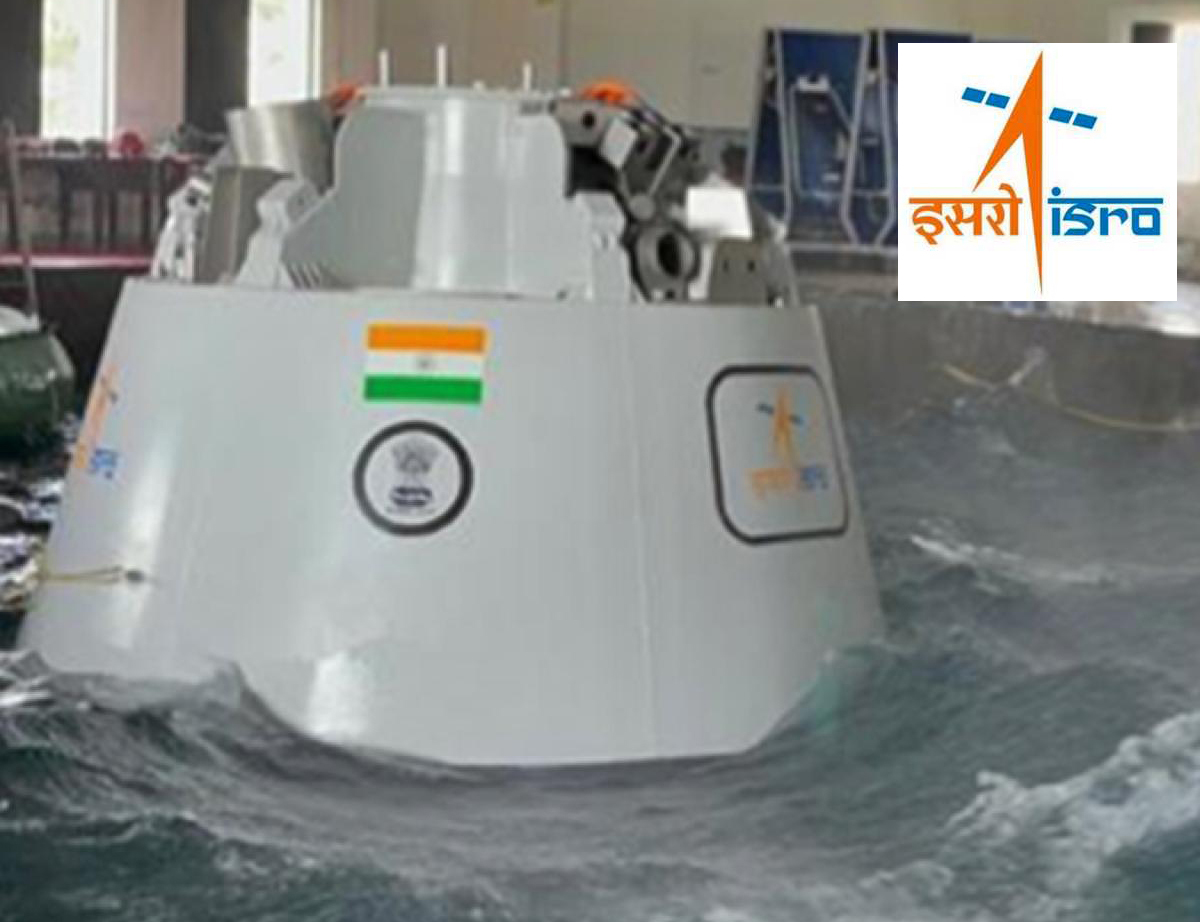
Thiruvananthapuram-based VSSC leveraged advanced materials like Carbon-Carbon (C-C) composites to create the nozzle which offers exceptional properties. (Photo: ISRO)
BENGALURU (PTI): ISRO said it has achieved a breakthrough in rocket engine technology with the development of a lightweight Carbon-Carbon (C-C) nozzle for rocket engines, enhancing payload capacity.
This innovation accomplished by the space agency's Vikram Sarabhai Space Centre (VSSC) promises to enhance the vital parameters of rocket engines, including thrust levels, specific impulse, and thrust-to-weight ratios, thereby boosting the payload capacity of launch vehicles, it said.
Thiruvananthapuram-based VSSC leveraged advanced materials like Carbon-Carbon (C-C) composites to create a nozzle divergent that offers exceptional properties, an ISRO statement said.
By utilising processes such as carbonisation of green composites, chemical vapor Infiltration, and high-temperature treatment, it has produced a nozzle with low density, high specific strength, and excellent stiffness, capable of retaining mechanical properties even at elevated temperatures, it said.
A key feature of the C-C nozzle is its special anti-oxidation coating of silicon carbide, which extends its operational limits in oxidising environments. This innovation not only reduces thermally induced stresses but also enhances corrosion resistance, allowing for extended operational temperature limits in hostile environments, according to ISRO.
The potential impact of this development is significant, particularly for ISRO's workhorse launcher, the Polar Satellite Launch Vehicle (PSLV).
The PS4, the fourth stage of the PSLV, currently employs twin engines with nozzles made from columbium alloy. However, by replacing these metallic divergent nozzles with C-C counterparts, a mass reduction of approximately 67 per cent can be achieved, the space agency said.
This substitution is projected to increase the payload capability of the PSLV by 15 kg, a notable enhancement for space missions.
The successful testing of the C-C nozzle divergent marked a major milestone for ISRO. On March 19, 2024, a 60-second hot test was conducted at the High-Altitude Test (HAT) facility in ISRO Propulsion Complex (IPRC), Mahendragiri in Tamil Nadu, confirming the system's performance and hardware integrity.
"Subsequent tests, including a 200-second hot test on April 2, 2024, further validated the nozzle's capabilities, with temperatures reaching 1216 K, matching predictions," the release said.
The collaborative effort involved the Liquid Propulsion Systems Centre (LPSC) at Valiamala near Thiruvananthapuram which designed and configured the test, and IPRC, which conducted the instrumentation and execution of the tests at its HAT facility, it was noted.
 Previous Article
Previous Article Next Article
Next Article












The Indian Air Force, in its flight trials evaluation report submitted before the Defence Ministry l..
view articleAn insight into the Medium Multi-Role Combat Aircraft competition...
view articleSky enthusiasts can now spot the International Space Station (ISS) commanded by Indian-American astr..
view article